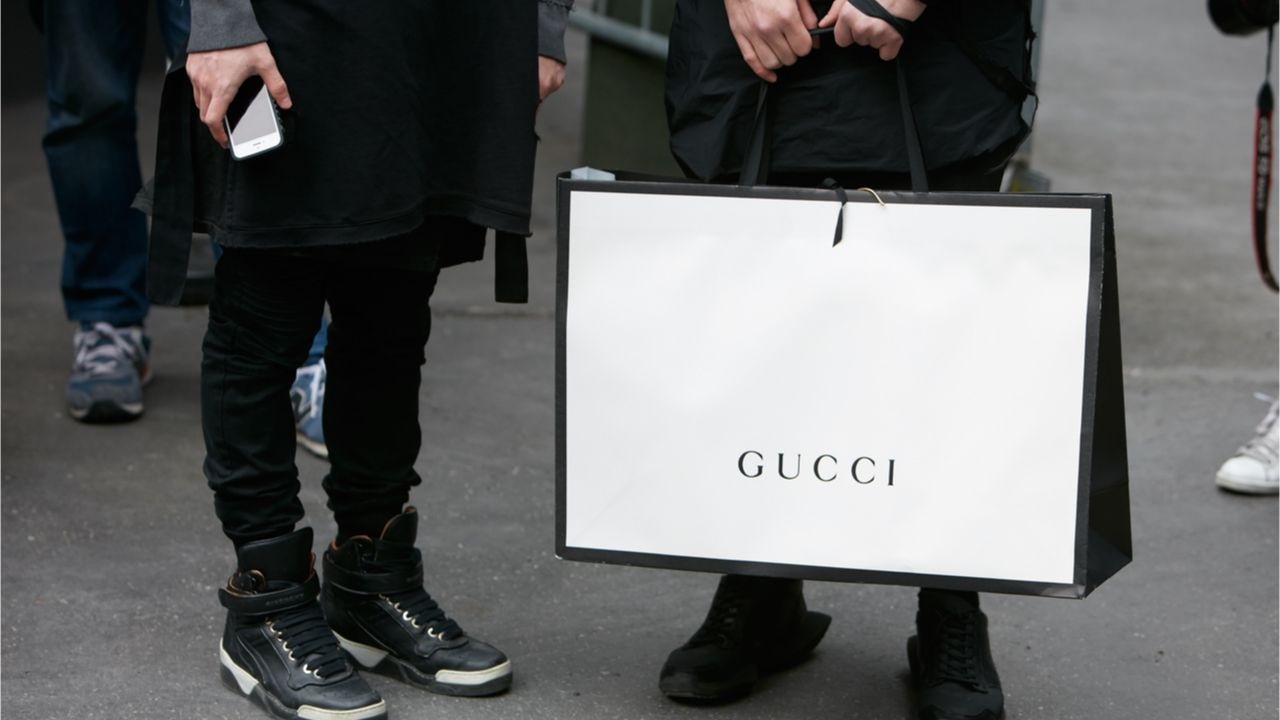A well-known fashion brand was struggling with its most important flagship store in China, which was losing money, didn’t draw enough people, and saw customers buying fewer items. Additionally, the brand wasn’t resonating with younger consumers, who seemed to be less loyal, showed less interest, and bought lower priced items than the older consumers. The brand’s management team was aware of these issues but had no explanation for them. They assumed that younger consumers simply had less money to spend, and therefore, only bought cheaper items. They also concluded that their store wasn’t attractive enough and decided to invest in a property upgrade.
Many companies believe younger consumers don’t have the means to purchase expensive items, but this is false. In actuality, most brands just struggle to connect with consumers below 35, and as a result, they focus on what they believe is their core clientele — 40 to 60-year-old consumers — and hope those younger consumers will gain interest as they mature. But the data tells a different story.
Let’s start with the market: In China, only about 13 percent of luxury goods are purchased by consumers over 40, where most products are bought by millennials and Gen Zers (the sweet spot is around 25-years-old). Furthermore, 75 percent of luxury goods sold in China are bought by women. As I’ve mentioned before, these young, ambitious, and sophisticated female customers have much higher expectations than older consumers, and they will not buy brands that feel “older” to them. Therefore, targeting 40 to 60-year-old male customers, as many brands do, alienates the majority of Chinese luxury consumers.
Taking a “gut feeling” approach is also dangerous today because customer preferences change at lightning-fast speeds. In China’s advanced digital world — where customers trust key opinion leaders more than brands, competitors emerge at unprecedented rates, and trending conversation topics change constantly — there is no place for gut feeling. Managers must have data-driven insights available at all times, and those insights need to reflect the situation of the brand in real-time and without weeks or months of delay.
Few companies have such systems in place, yet in the 21st century, brands can no longer run simply on beliefs. Data-driven insight management is the key to success. These insights must be readily available to the CEO and leadership teams because if they are only accessible to the market research team and don’t provide automated interpretations, the brand’s collected data is useless.
In the case of the brand’s flagship store, when they used A.I.-powered consumer insight engines to analyze millions of data points, the results they generated were stunning. The issue wasn’t with the flagship store, it was online: There were hardly any conversations — on consumer blogs or social media — centered around the brand. It had a much weaker online presence than its competitors, so Chinese consumers gravitated to their brand messages instead.
There was no relevance with younger consumers who, as a result, didn’t visit the store, buy the products, or care about the brand. The data also showed that a huge part of the brand’s multi-million-dollar marketing budget was wasted because it wasn’t speaking to Chinese customers. Without deep insights, any measures a brand would take to fix the store’s traffic, profitability, and relevance with young consumers would surely be unsuccessful. Insights are crucial for steering a brand toward correct decisions.
The level of disruption in today’s luxury market is unprecedented thanks to major technology shifts, greater competition, and quickly-changing consumer preferences. Classic market research and simple social media listening tools are too slow, and the ability to utilize real-time insights for decision making is now the decisive factor that can make or break a brand in China and beyond. Brands that don’t have enough insights or are too slow or imprecise in translating their insights into actions will fail, but those who invest in state-of-the-art, insight-generating technologies will have the chance to change market dynamics and significantly outperform their peers.
Daniel Langer is CEO of the luxury, lifestyle and consumer brand strategy firm Équité. He consults some of the leading luxury brands in the world, is the author of several luxury management books, a regular keynote speaker, and holds management seminars in Europe, the USA, and Asia. Follow @drlanger


